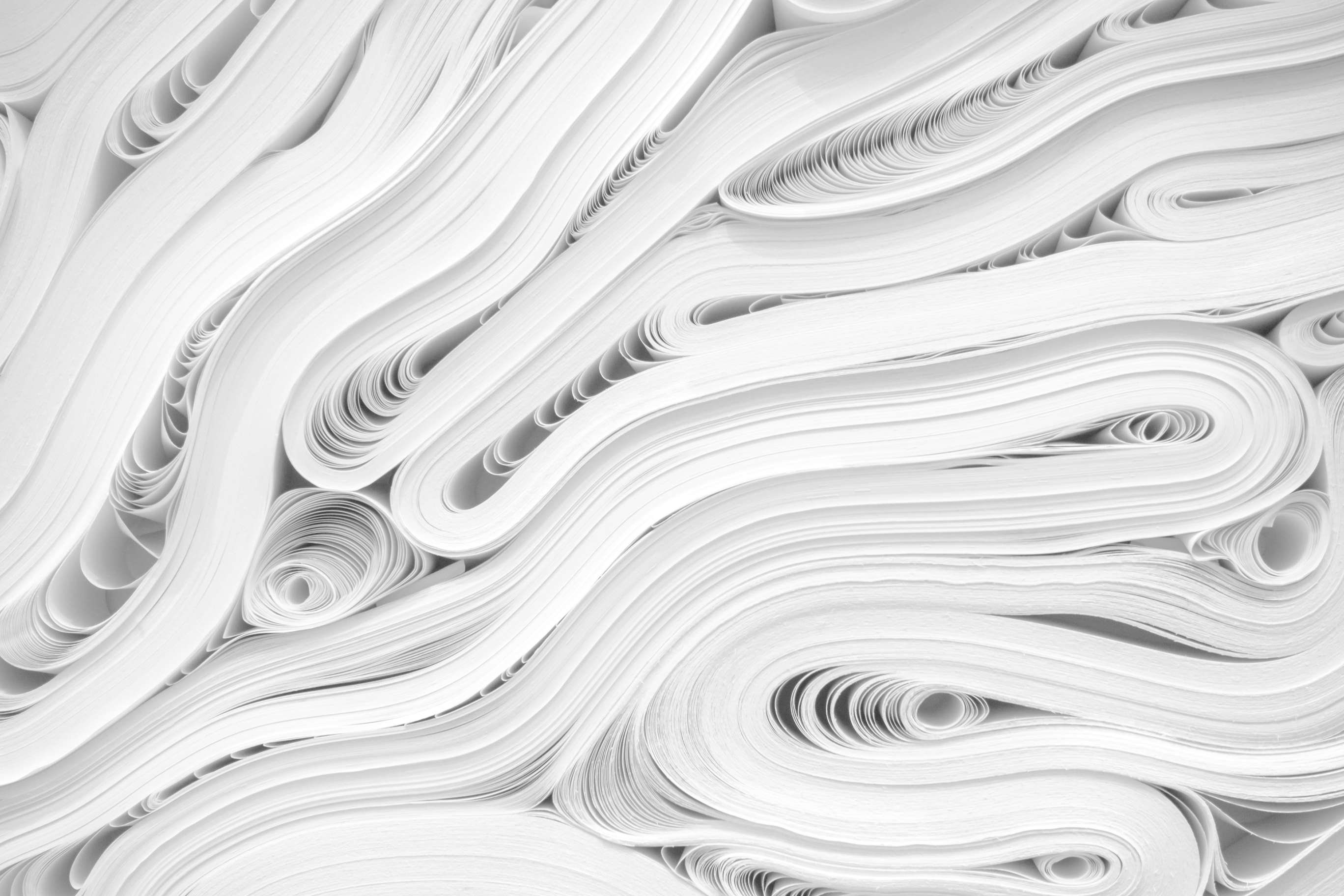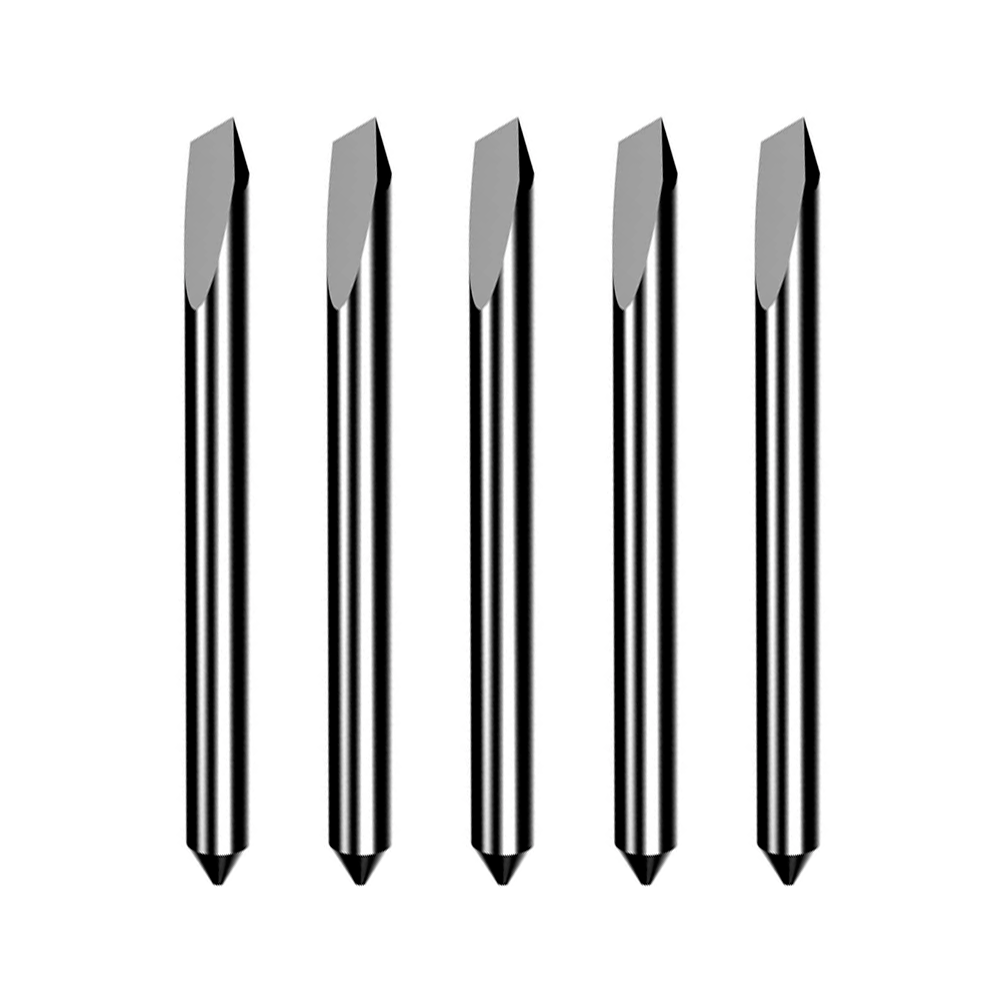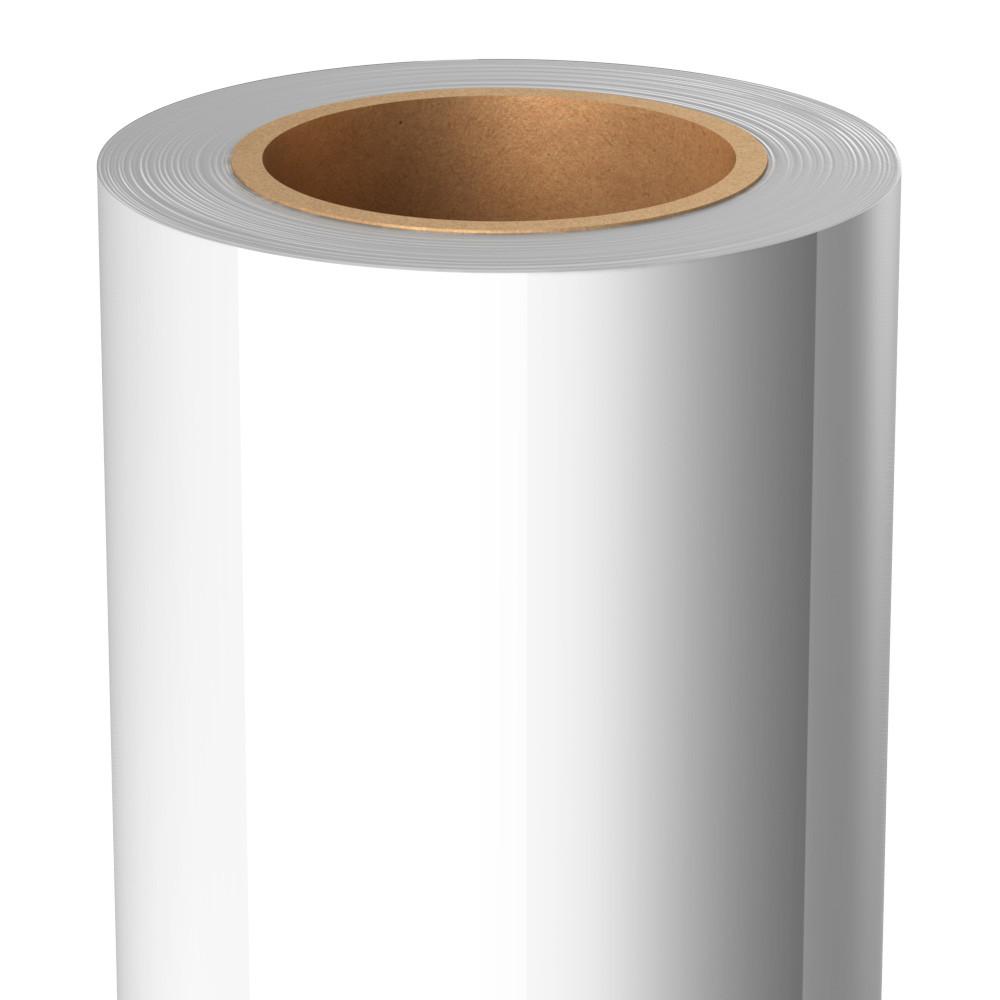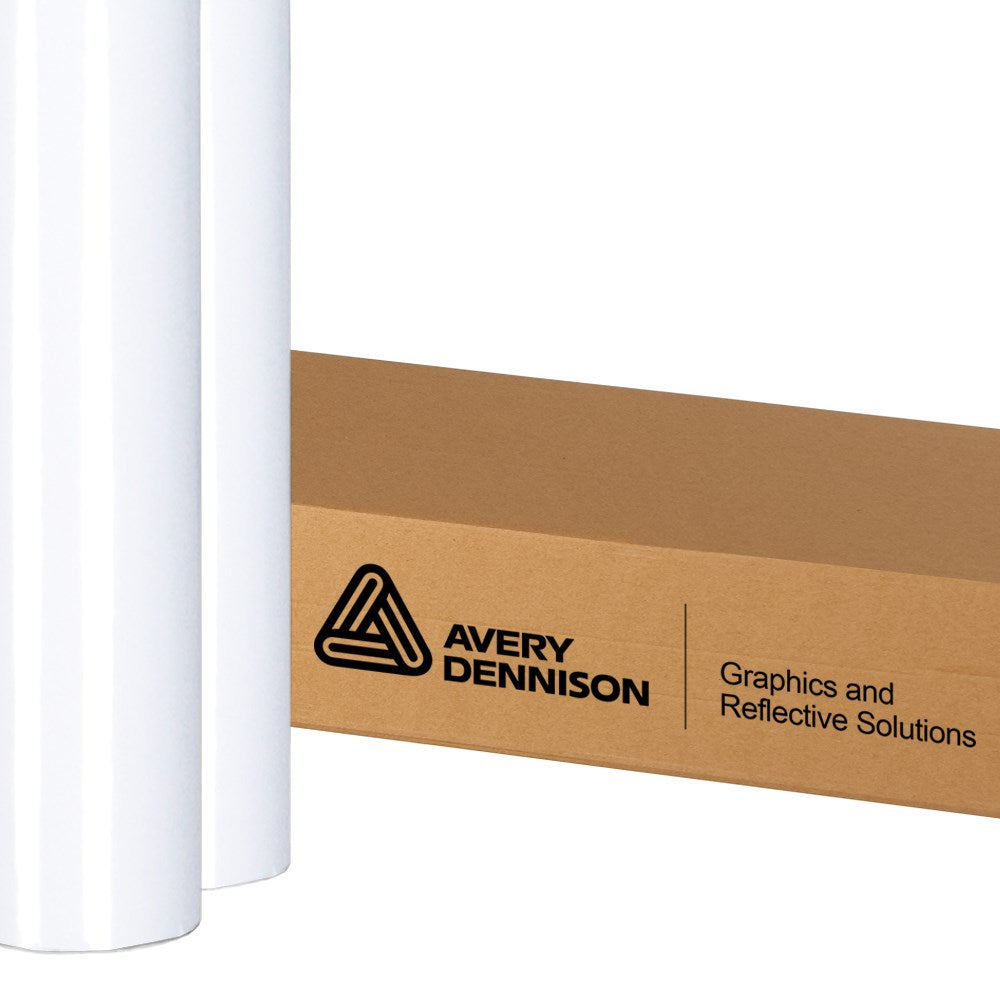When it comes to signage, it is important to know how you are going to apply your vinyl graphics. You have probably already heard of application tape, or transfer tape. They come in many varieties, but what do they do, and which is the best to suit your needs?
Application tape is a paper or plastic film that is placed on top of a piece of vinyl (or a sticker) that makes the vinyl easier to apply. The person installing the vinyl uses application tape to see precisely where they are going to place the vinyl on the substrate. There are many different types of application tape to suit the diverse needs of signage and graphic design–paper application tape, for example, is a paper-based face film coated with adhesive. It is semi-transparent, but not clear like clear tape. While there are pros and cons to using paper application tape, it may be the perfect tape for your needs.
While you want to use the best sign supplies, you will also want to understand your options. Ordering vinyl sign supplies can feel overwhelming, as there may be details you were not anticipating to make decisions on. This guide to application tape will help you find the transfer tape that is perfect for your business or project!
Types of Application Tape
1. Paper Application Tape
As mentioned before, paper application tape is a paper film that is placed atop a sticker that makes it easier to apply. Paper application tape is more flexible and softer than plastic application tape, and travels well when packed into a postal shipping tube. It is also more cost-effective than plastic transfer tape.
Another reason paper application tape is so popular is because the face film is more porous. Porous face film is ideal for ‘wet’ application of vinyl stickers (meaning, using soap and water to aid in the application process). It also has a wide range of tack levels–tack level refers to the stickiness of the adhesive. Paper application tape can be used for low, medium, and high tack levels.
One downside is that because the tape is not clear, it can obstruct the installer's view while applying multi-colored vinyl graphics or vinyl graphics that require precision in their placement. It can also look less professional or dull the look of your graphics if you are presenting them to a client, because the film of the paper creates a foggy appearance of the graphic before it is applied.
2. Plastic Application Tape
Plastic application tape is a more expensive alternative to paper application tape, but still comes with pros and cons, as well. Also known as ‘clear transfer tape,’ plastic application tape is just that–clear. Instead of using a paper film, a clear plastic one is used. Because it is clear, it makes it easier for sign installers to see the underlying graphics. This allows for more precise placement when installing the signs. This also allows for more visual appeal when presenting the graphics to clients. Clients can see the design before it is installed without anything obstructing their view.
However, there are drawbacks to using clear transfer tape. Unlike with paper tape, plastic tape does not react as well to wet applications. The plastic is not porous like the paper transfer tape, so water either does not pass through it well, or it becomes trapped underneath and eats at the adhesive. It can be done well, but you will want to ensure you have expert, careful installers for this.
The plastic also creates static. The static charge of the plastic is more likely to attract debris in the midst of the application process–this can create bumps and bubbles in the vinyl upon application.
There are benefits and drawbacks that come with both paper and plastic application tapes. At the end of the day, you will need to use one or the other. When making this decision, consider your vinyl, your substrates, and anticipate challenges that could arise. Does your sign require higher tack levels? How skilled and confident is the installer with various applications? By considering these factors, you can choose the best application tape for your project.






